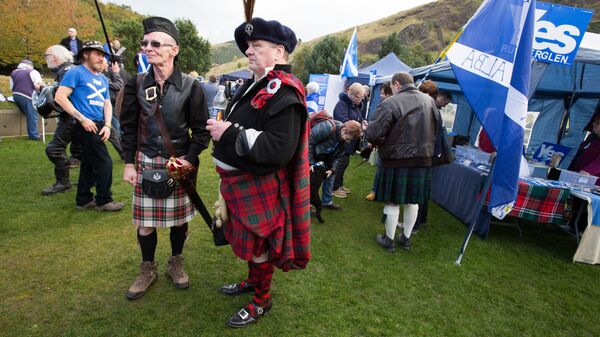Although there was some debate in the press around the attendance figures - the organisers claimed 12,000 protestors took part in the rally, whereas Police Scotland’s figure came in at around 5,000 marchers - the atmosphere was certainly intense.
Beginning at 1:30 pm local time, the march strode boldly from the leafy Albyn place, and then through the high street, drawing to a close in Aberdeen’s oil-rich Castlegate area.
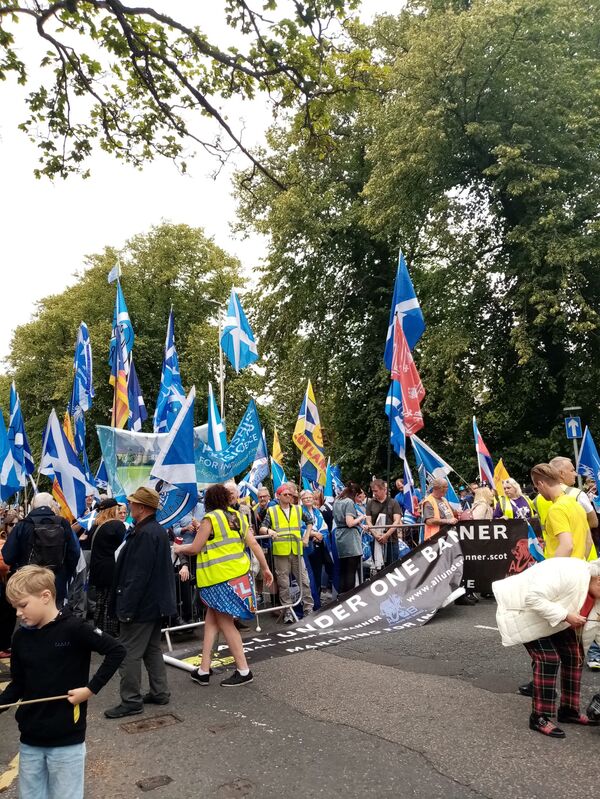
Despite the sunny start to the proceedings, the heavens began to open at around the halfway point of the procession, but not even the rain could dampen the spirits of those taking part.
With both Scottish and Catalan flags hoisted (many Scottish nationalists believe that Catalonia and Caledonia share a similar political plight), plus traditional bagpipe music blaring, the spirit of William Wallace seemingly roused the crowd to new heights as they entered the final stretch.

It was not all plain sailing, however, as pro-union Scots took to the streets in counter-protest, to voice their support for remaining a constituent country within the United Kingdom, although thanks to a heavy police presence, no unsavoury scenes took place between the two sides.
The All Under One Banner Group, which was behind the march, heralded it as “the largest event of its kind” ever held in the northeast region of Scotland.

The organisation, founded in 2014 by activist Mr Neil MacKay, is a pressure group that aims to draw public attention to Scottish nationalism following the narrow loss in the referendum on the issue that every year.
They have since been behind numerous marches throughout Scotland, with the largest official attendance, according to the Scottish police, reaching 35,000 in Glasgow on 4 May 2019.
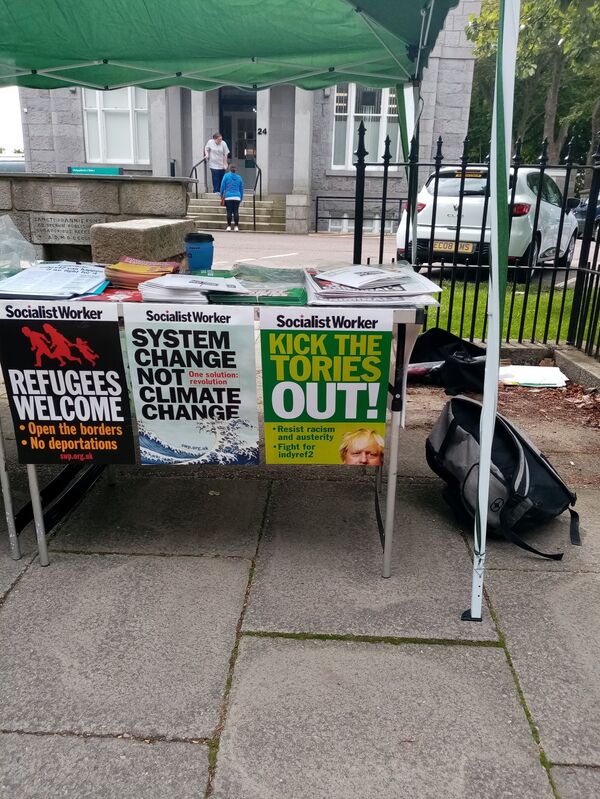
The dissatisfaction felt by many independence supporters in Aberdeen was plain to see, as anti-Tory banners and stickers plastered the streets and, indeed, even dogs in the town.
Boris Johnson’s appointment as British prime minister, in addition to his seeming desire for the UK to depart the EU without a deal on the revised deadline date of 31 October, has received a strong backlash in Scotland, who as a country voted to remain in the 2016 Brexit referendum, with many of the protesters demanding that the country take back control from a Conservative government which does not have its interests at heart.
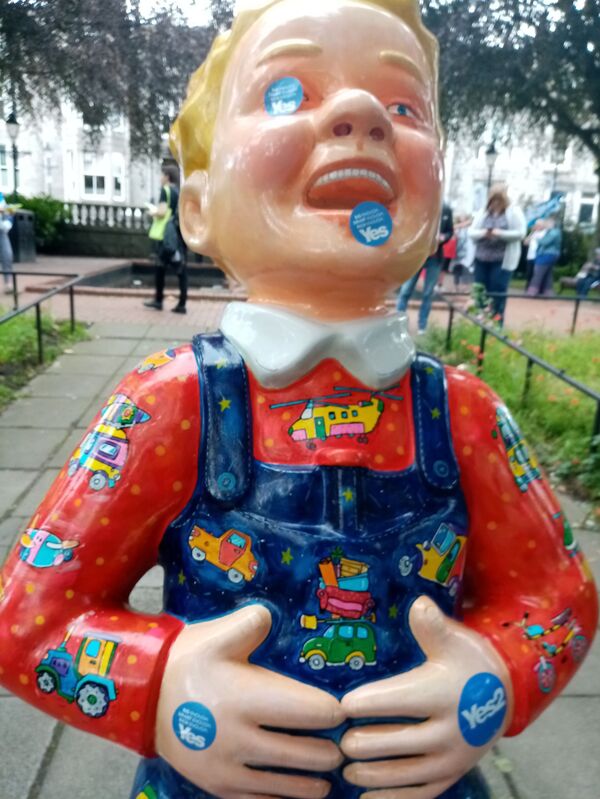
Recent government polls have suggested that more and more Scots may be in favour of independence, and if the atmosphere in Aberdeen is anything to go by, then SNP leader Nicola Sturgeon may need to seriously consider forcing Westminster’s hand regarding a second independence referendum.
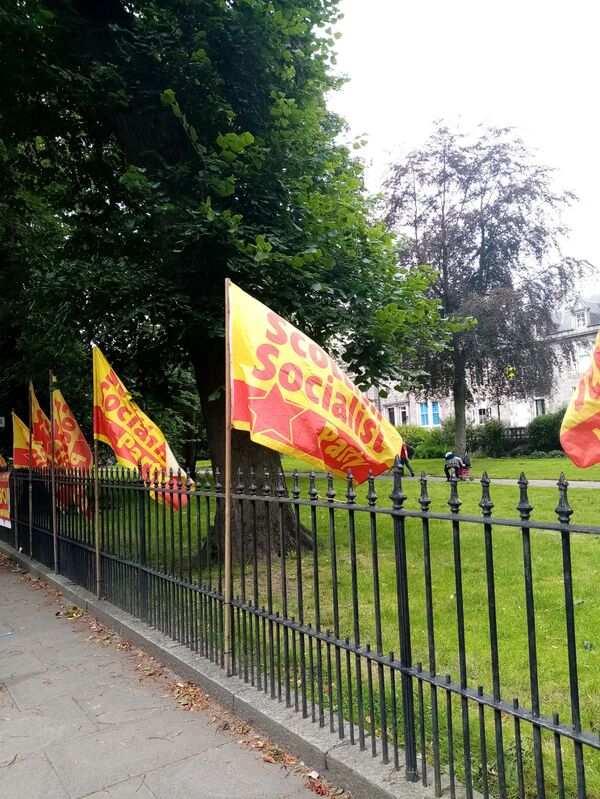
Boris Johnson, however, has been steadfast in his opposition to this scenario, believing that the UK should remain together through thick and thin, but given that many figures within the British Labour opposition have not ruled out granting Sturgeon her wish, should they win a no-confidence motion and the subsequent general election, it seems that the future of Scottish independence will rest on whether the current prime minister’s tenure in No. 10 Downing Street proves to be a short one.

